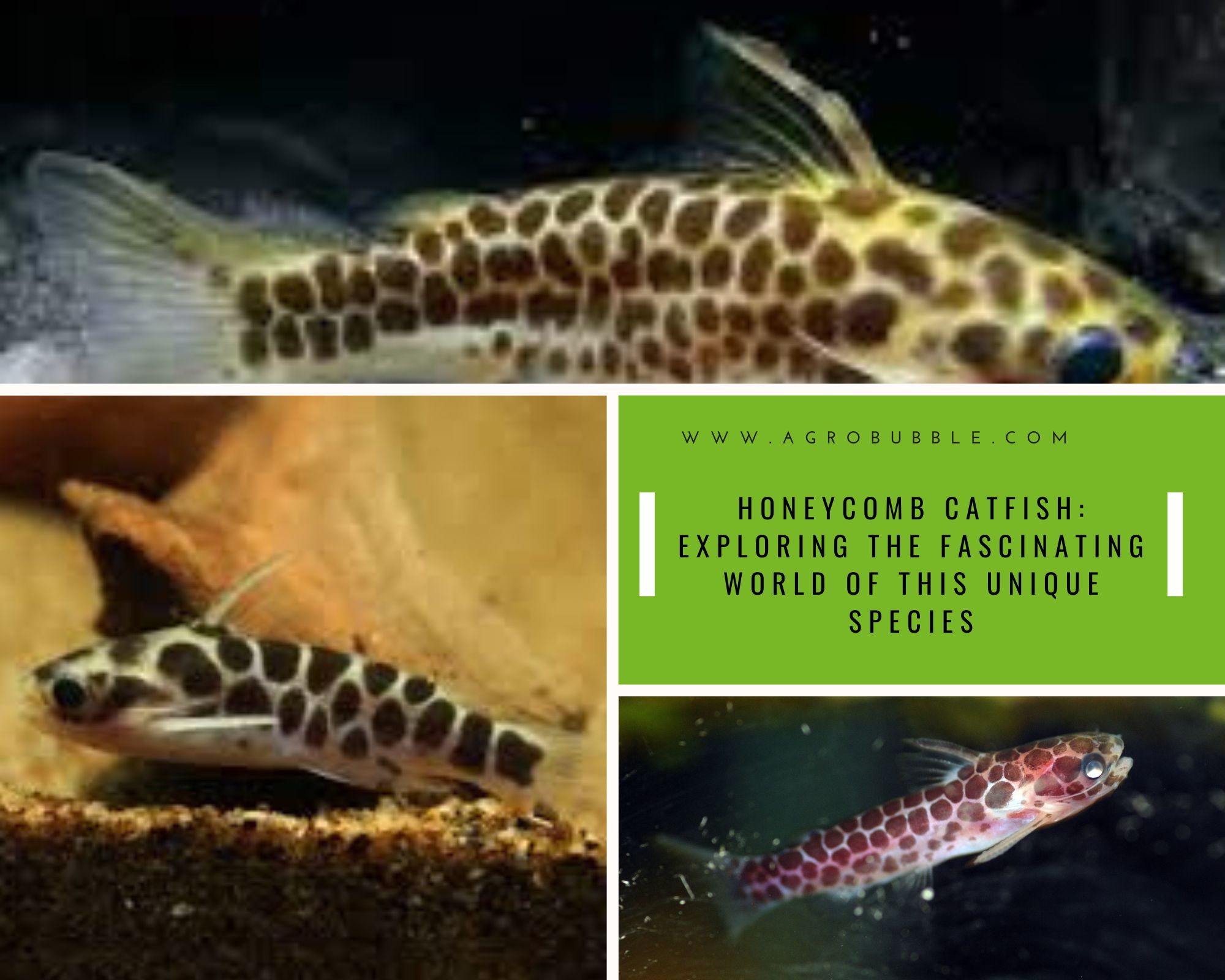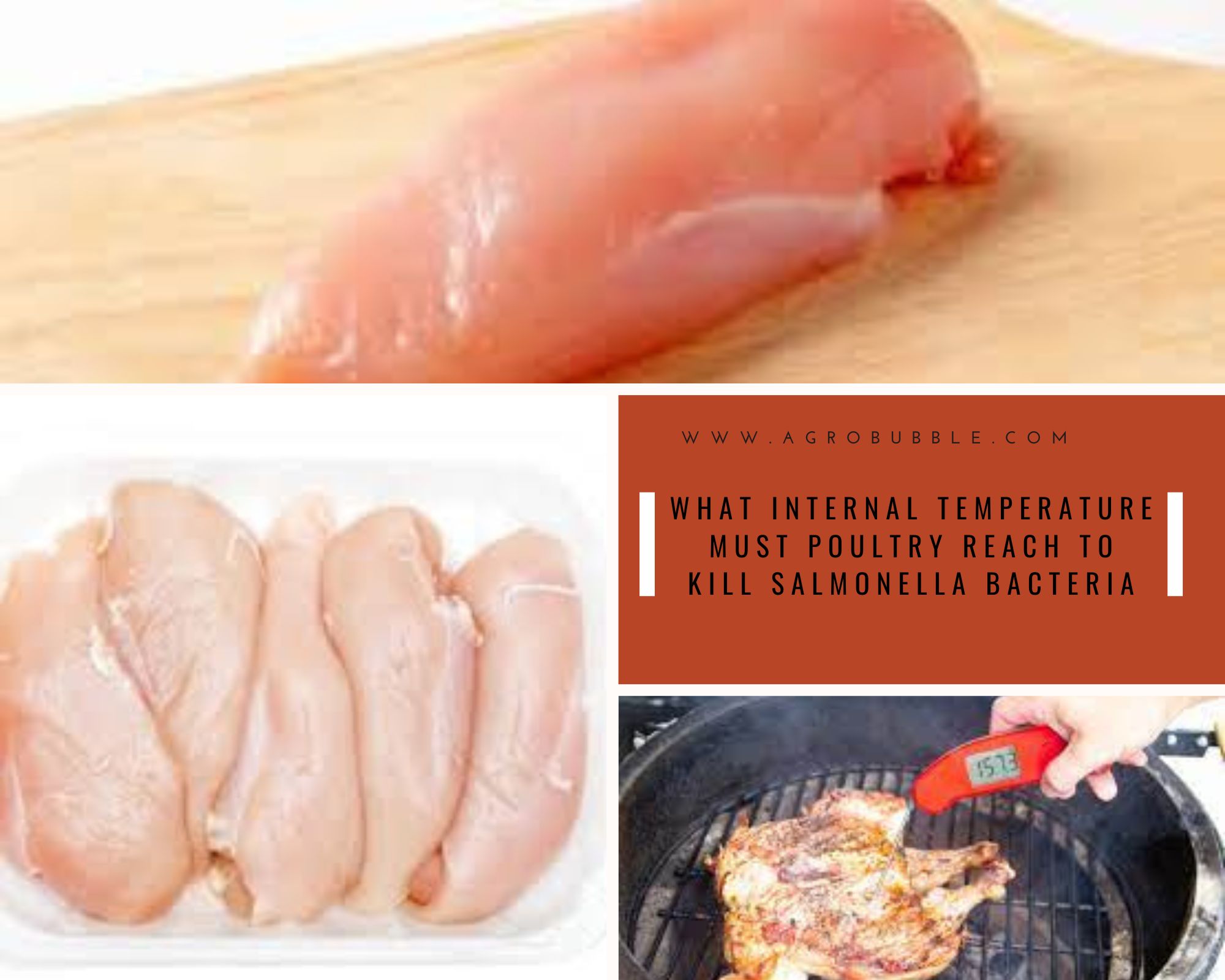Importance of livestock management
Livestock management is the rearing of animals on a farm. Cattle belong to a class of animals known as Bovidae. They are ruminants, they have hollow horns and hoofs with four toes.
They are reared for their meat, milk, hides and skin, manure, as drought and for work on the farm. In West Africa, cattle are reared by peasant farmers especially nomadic fulanis who roam about with their cattles at night they are kept in kraal to prevent wandering about
We have many breeds of cattle. Such as Azawal, Sokoto Gudali, white Fulani, Red Bororo, muturu, nidama, keteku, kuri, brown Swiss, jersey, and Holestern. The breeds of cattle can also be categorized into three groups.
These groups are :
Beef cattle: These are the cattles which have the ability to produce meat. Examples are red bororo, sokoto Gudali, nidama, keteku, Kuri, brown swiss, and Rahaji.
Dairy cattle: They are cattles which are reared to produce milk. Examples are white Fulani, Kerry, Dexter, Guernsey, jersey, red poll, holstein, south Devon, dairy shorthorn.
Dual purpose cattles: These are cattles capable of producing milk and meat. Examples are Agarwal, muturu, Bruce, wadara.
See Also:- The Shocking Revelation of Tomato Health Benefit
There are some terminologies used in cattles :
Herd – group of cattles.
Polled – cattle without horns.
Homed – cattles with horns.
Beef cattle – cattle reared for meat production.
Beef – meat of cattle.
Dairy cattle – cattle kept for milk production.
Serving – act of mating in cattle.
Calving – act of giving birth in cattle (parturition).
Ox – a castrated adult male cattle.
Vealer – a castrated adult female cattle.
Steer – a castrated male cattle.
Bull calf – a young male calf.
Heifer cattle – a young female cattle.
Bull – an adult male cattle.
Cow – an adult female cattle.
Calf – a young or baby cattle.
Heifer – a growing female up to her first calving.
There are three systems of rearing cattle. These are extensive systems, semi-extensive and intensive systems.
In an extensive system, cattles are allowed to move freely from one place to another in search of pastures for grazing. The cattle fend for themselves and graze in a wide range of pastures.. There is no special housing unit provided, no medication involved in most cases. It is a cheap system of rearing livestock. No supplementary feed is provided.
Animals are exposed to excessive heat, strong wind storms, and heavy rainfall. Disease outbreaks cannot be controlled. They can be stolen or killed by wild animals. There is indiscriminate mating and cows deliver their young ones in the field. Cattles destroy cultivated crops therefore causing community disputes.
Under a semi-extensive system, housing is provided for the cattle and they are also allowed to move around and graze on pasture. Houses are built with suitable materials that allow free circulation of air.
The grasses or pasture must be managed properly to provide the necessary food for them. The system needs less capital investment but large labour requirements, disease or parasite incidence are slightly high.
In an intensive system, the cattles are kept under a building with limited access to grazing. Grasses, water, and medication are supplied daily to the cattle. Record keeping protects against theft and predators, indiscriminate mating. Proper supervision of animals is observed.
Sick animals are easily identified. It reduces incidence of pest and disease infection. Animals do not destroy farm crops. It gives animal protection against physical and environmental hazards. Also, it enhances the performance of the animals because they are being cared for.
Let’s talk about cattle housing, cattles are reared by nomadic Fulanis, who roam about with their cattle, there are no formal houses erected for cattles. The animals are kept in kraal at night to prevent wandering about. Open shade and railing are provided as houses for cattles in some places.
In modern animal husbandry, houses are built that can permit free circulation of air and shade from sun and rain. Bedding materials could be straw. Houses for dairy cattle may be different in designs from that of beef cattle because of their differences in the type of production.
There are several reasons to providing suitable housing for cattle:
To protect it from rain or cold weather conditions.
To restrict the movement of the animals.
To prevent indiscriminate mating.
To facilitate close Monitoring or veterinary care.
To prevent them from contracting diseases from outside.
To prevent them from pest infestation
On feeding, it must be a balanced diet. It should contain protein, carbohydrates, vitamins, minerals to promote growth and production. They feed mainly on roughages (grasses and legumes) because of the nature of their stomach.
Examples of grasses they eat are elephant grass, guinea grass, giant star grass. Cattles can feed on concentrated feed to provide the required nutrients in their diet. Feeds like hay, silage, and straws are given to cattle during the dry season when green pastures are not available.
Dairy cattle should be given more concentration than beef cattle because dairy cattle require concentrate for milk production.
Common diseases of cattles include foot and mouth disease, rinderpest disease, tuberculosis, anthrax, red water fever, trypanosomiasis. These diseases should be prevented through the use of appropriate drugs and vaccines.
When we talk about cattle’s health care and sanitation, it involves those things done to cattle that helps them live with less disease. Good housing and feeding tends to reduce the rate of disease attack on cattles.
The houses, watering and feeding equipment should be cleaned regularly. Sick animals should be isolated and treated. Cattles should be dewormed to get rid of endo-parasite such as tapeworms, roundworms and liver fluke.
Constant vaccination should also be carried against diseases at the right time. Cattles have to pass through water chemicals to eradicate ecto-parasites like tick, & mites. Rotational grazing should be practiced to avoid the build up of parasites.
Talking about the economic importance of cattles, they are numerous;
Read Also:- How Almond Fruits Can Help You Improve Your Health
They provide hides and skin.
They provide meat and milk for men.
Fertilizers can be gotten from blood, bones and offals of cattle.
They provide blood meal and bone meal for farm animals as feed.
Some cattles help to pull plough & work as draught animals.
Cattles dung (faeces) are a good source of manure.
It provides employment and income to people.
It is used for festival purposes in some places.
It is used for research work or educational purposes.
Cattles are a source of revenue to some countries.
For suggestions and contributions, kindly use the COMMENT section below.






